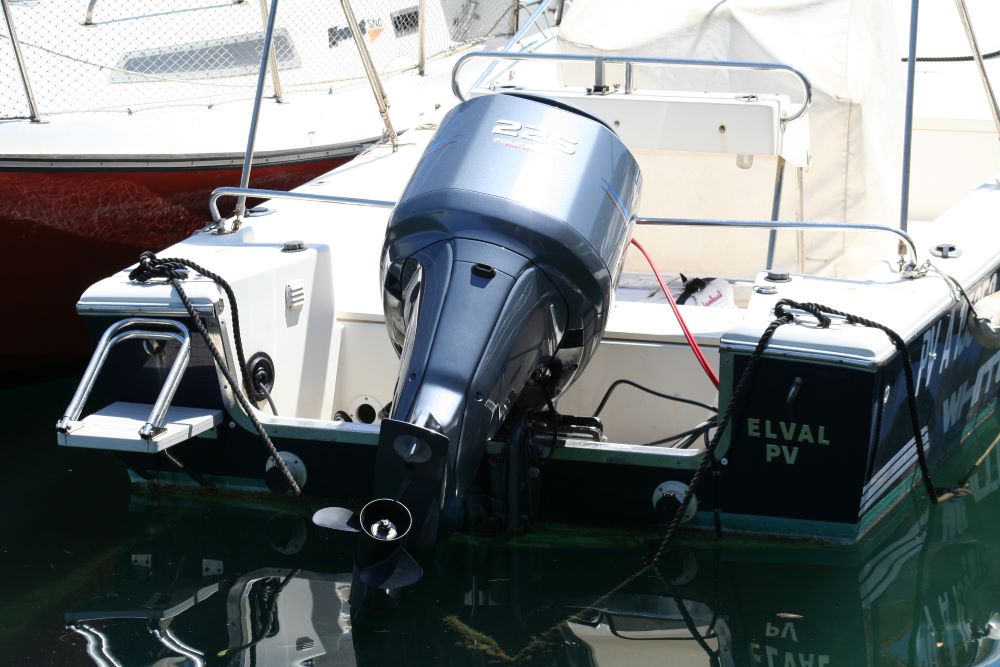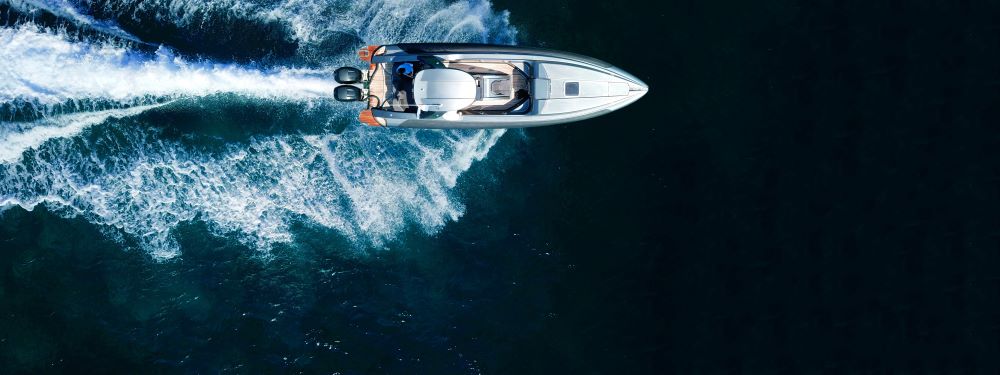
Everything to know about boat trim
Trim is an essential part of a boat’s operation, especially for powerboats using an outboard motor. As part of the process of obtaining a boat license and before hitting the water, you need to understand how trim works and how to use it.
What is boat trim?
The trim is an electronically controlled part that is installed on the bracket of an outboard motor. With a switch placed on the throttle, the trim is used to control the propeller’s depth of immersion, as well as the boat’s speed according to the tilt of the base.
Why should you use boat trim?
Here are the reasons to use boat trim after installing trim tabs on your boat.
Boat stability
Controlling the tilt of the base and the angle of the boat’s trim, trim tabs allows the captain to control the stability of their vessel. With a simple push on the throttle, the angle of the tiller can be changed to a neutral position. This prevents excessive movement to port and starboard, which could cause the boat to become unbalanced.
Control performance and fuel consumption
Boat trim also allows you to control the speed of your boat by changing the angle and depth of your propeller. This is a popular method of increasing the speed of an outboard motor for water skiing, for example. You can also control the phases of navigation such as the lift-off and cruising speed.
When should you use boat trim?
Depending on the wind, weather and navigation conditions, trim settings will vary.
Rough or choppy waters
In rough water with tailwinds, your boat tends to have more weight on the bow. To avoid losing traction on your boat, you should raise the trim (turn it up). This takes the weight off the bow, which prevents the front of the boat from getting stuck in the waves.
Conversely, with a headwind, the bow will rise, weighing down the stern and increasing the wind load. The trim should then be lowered to lower the bow and reduce the impact of the hull and jumping.
Calm waters
In calm conditions, the trim will mainly help to lift the boat. Setting it to the negative position will increase its lift, making it easier to start. Once launched, you can then switch to positive to reduce the lift surface and increase speed.
You should be careful with positive trimming in calm seas. The impulse to increase speed can be a bad idea. Maintaining a positive trim will increase the ventilation effect and cause you to lose speed. In addition, depending on your hull, your boat will tend to pitch, especially during turns when it is better to keep the trim neutral.
How to install boat trim tabs
Boat trim tabs are installed in three positions: neutral, negative and positive.
Neutral trim
This is the standard position, often used during navigation. The neutral trim position is parallel to the hull. It allows you to reach cruising speed by balancing speed and fuel consumption.
Negative trim
This position is often used for starting and raising the boat. The engine is lowered against the transom of the boat to facilitate propeller thrust. This position is also used during headwinds.
Positive trim
Positive trim is used when you want to use the full capabilities of your engine and reach maximum speed. The idea is that the higher the trim, the higher the RPM, which affects the speed. However, this position can also be useful when you need to regain control of the boat in rough waters with a tailwind.
Learn how to trim a boat with the National Boating Safety School
Boat trim allows you to maintain control of your boat depending on its position and settings. It also plays an essential role in the balance between speed and fuel consumption. Knowing how to trim a boat and how trimming works are essential points to learn before obtaining a boat license.
The National Boating Safety School offers a Transport Canada-approved boat safety course to prepare for the official boating exam. Register now to get your boating license!


